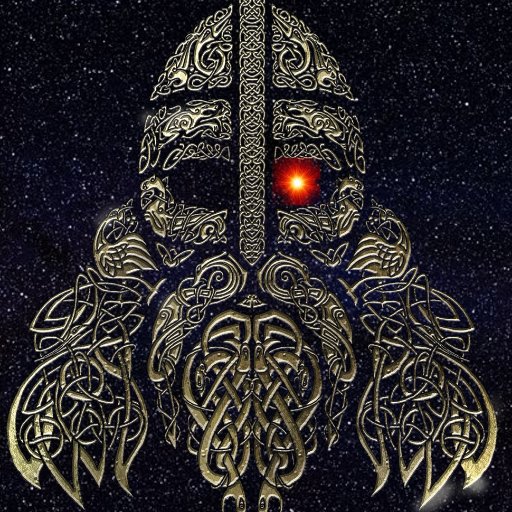Old Norse is all the rage! 36 HOURS to go on our Kickstarter. 233% funded by 331 backers!
https://t.co/BysnPUq9XS
In 865, the Great Heathen Army arrived in East Anglia - who bought peace with a supply of horses. The Danes rode north and entered York unopposed while the Northumbrian struggled in civil war.
There are also a few other words used for “giant”, more or less, like hraunbúi, “lava [rock] dweller”; bergbúi, “mountain-dweller”; flagð, syrpa, and skessa for female giants; and dólgr, “fiend”, and skrímsl, “monstrosity”.
Hrafnsmál (Old Norse "raven song") is a fragmentary skaldic poem generally accepted as being written by the 9th-century Norwegian skald Þorbjörn Hornklofi. Hrafnsmál is a conversation between a valkyrie and a raven; the two discuss the life and martial deeds of Harald Fairhair.
It has been suggested that this figure represents the Norse pagan deity Heimdall holding the Gjallarhorn, used to announce the coming of Ragnarök
Valkyries: So much better than a Bright White Light at the end of a tunnel.
The Battle of Clontarf: Brian’s forces engaged their enemies, who had crossed the Tolka River to link up with a Viking fleet in the bay. Six thousand Norseman were reportedly killed or drowned, including Earl Sigurðr the Stout of Orkney and King Máel Mórda of Leinster.

















